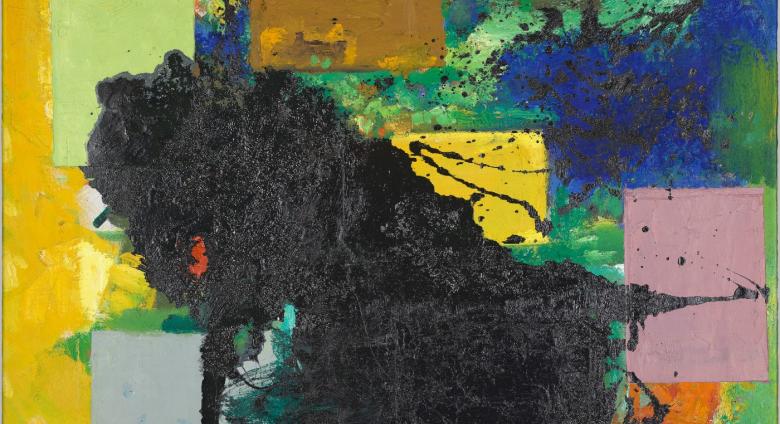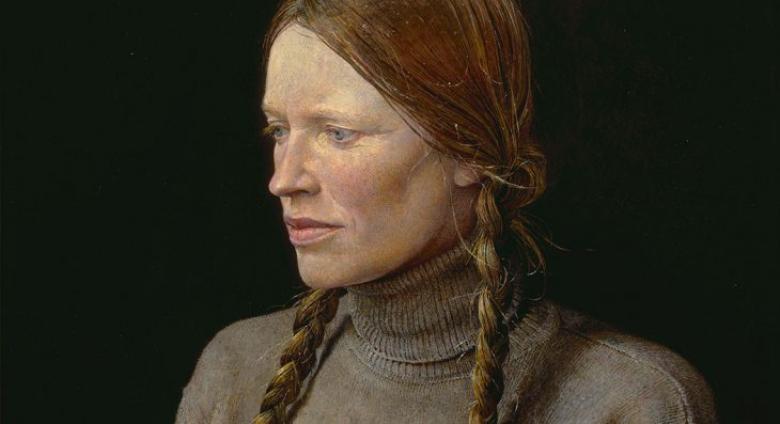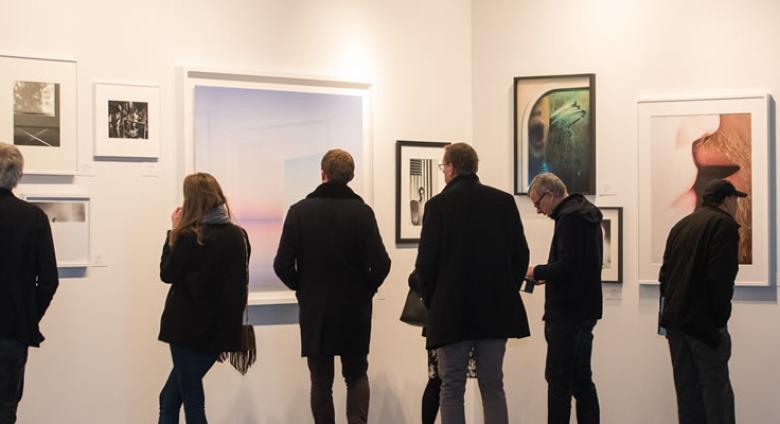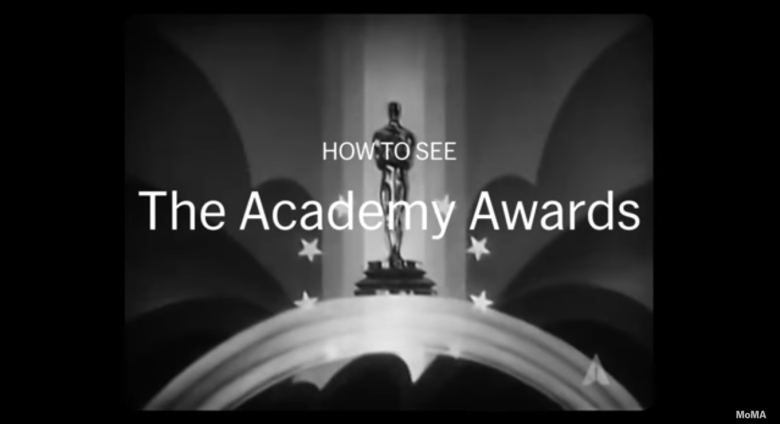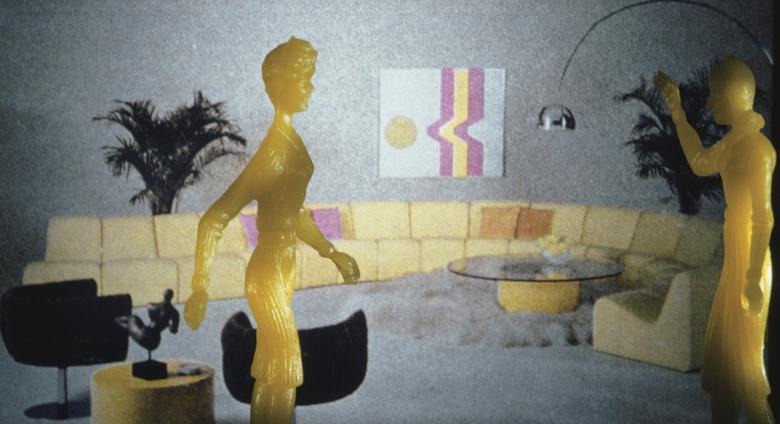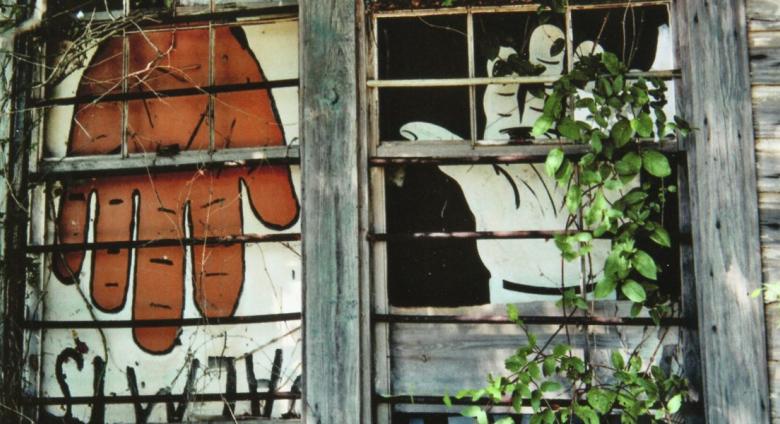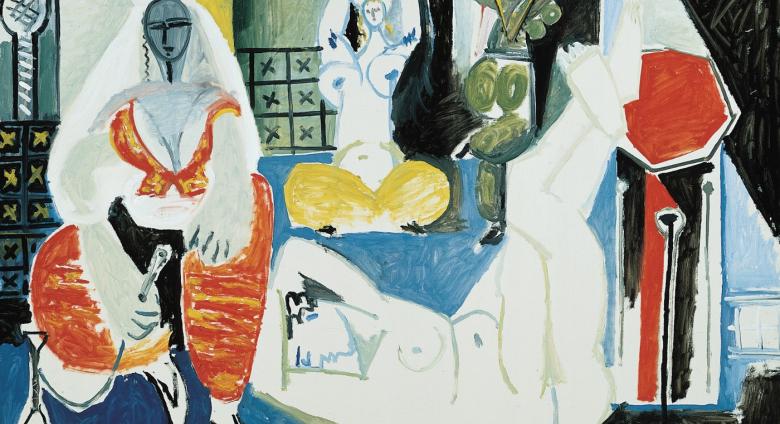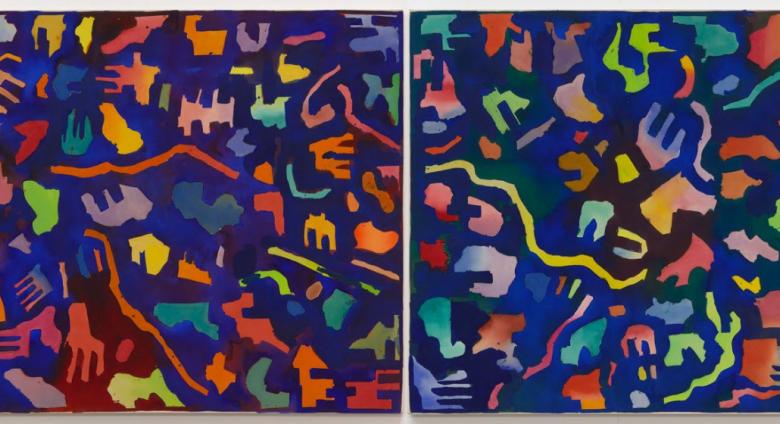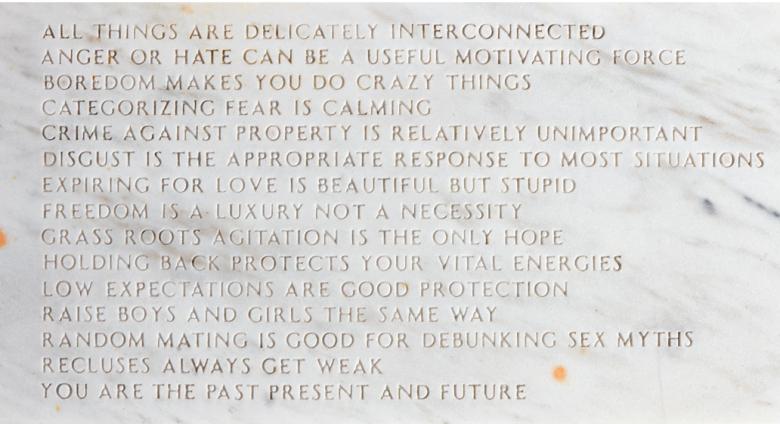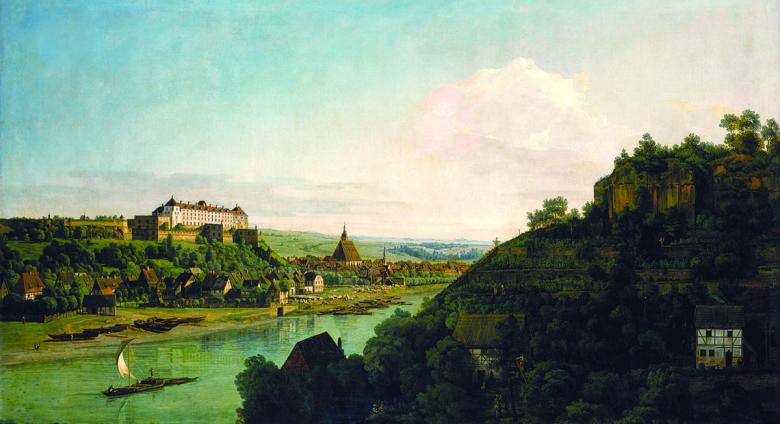A monumental Hans Hofmann exhibition opens at the University of California, Berkeley Art Museum and Pacific Film Archive (BAMPFA) this week, marking a comprehensive reevaluation of one of the twentieth century’s most influential abstract painters. With nearly seventy paintings—including works from private collections that have never been exhibited in a museum setting—Hans Hofmann: The Nature of Abstraction presents an unprecedented and fresh look at Hofmann’s studio practice, focusing in particular on his continuously experimental approach to painting and the expressive potential of color, form, and space.
February 2019 Art News
For more than 15 years, Andrew Wyeth created 250 secret paintings. He hid them from everyone—including his wife, who was also his business manager—in the loft of a millhouse near his home in rural Pennsylvania. When they were discovered, in 1986, they generated a media frenzy that extended well outside the art world. The Helga paintings, as they came to be called, all depicted a single subject: Helga Testorf.
The Photography Show, presented by AIPAD, has announced a program of 12 AIPAD Talks during the Show, which runs April 4 through April 7, 2019 at Pier 94 in New York City. Prominent curators, collectors, artists, and journalists will discuss thought-provoking ideas, new trends, and unique processes involved in photography. AIPAD Talks speakers will include Vince Aletti, Harry Benson, Dawoud Bey, Chris Boot, Malcolm Daniel, Sarah Greenough, Deana Lawson, Sarah Hermanson Meister, Corey Keller, An-My Lê, Stephen Shore, Rosalind Solomon, Carol Squiers, and Martha Wilson.
Glamour, snubs, surprises, tears, laughter—emotions and stakes run high at the Academy Awards. Now the exclamation point at the end of a long awards season, the Oscars have represented the pinnacle of achievement in the American film industry for over ninety years. The ups and downs the Academy faces in our broad cultural consciousness demand that we take a step back to reexamine what the Academy Awards are and why they still resonate as a symbol of artistic excellence.
Opening this week at the Museum of Contemporary Art, Chicago is the first major survey of acclaimed photographer Laurie Simmons. Laurie Simmons: Big Camera/Little Camera encompasses four decades of her work, including film and sculpture, in addition to her photographs. Known for her close-up images of the world of dolls, Simmons has long used her lens to critique gender roles and idealized visions of American prosperity and domesticity.
A pioneer of color photography, William Christenberry dedicated his career to articulating the unique character of his native Hale County, Alabama.
The Norton Simon Museum presents Matisse/Odalisque, a vibrant exhibition that explores the theme of the odalisque, a reclining nude or concubine that was a popular subject in European art throughout the colonial period. These erotic images of women in the geographically vague “Orient” evoked a life of luxury and indolence far removed from 19th-century industrial society (and 21st-century standards of representing race and gender).
Since his death in 2005, attention to the minimalist painter Robert Duran has been, well, minimal. Duran was well-known in his liftime, having participated in a pair of Whitney Biennials (1969 and 1973). He mounted a number of solo exhibitions at New York’s Bykert Gallery, and his work was reviewed in Artforum, ArtNews and the New York Times as part of the vanguard of minimalist artists in the late ‘60s and early ‘70s.
Phillips’ first New York auction of the 2019 season, New Now on February 27th, is considered the go-to place for the latest in cutting edge art. Featuring luminaries in the contemporary art field, the auction has works by long-term established artists, and up-and-coming innovators. With over 170 works, spanning decades, the auction includes impressive, thought-provoking, genre-challenging paintings, prints, sculpture and photography. We’re shining the lens on 10 artists known for pushing the envelope.
Bernardo Bellotto is recognized as one of the greatest view painters in history, acquiring his fame in mid-18th-century Dresden as the court painter for the elector of Saxony, Frederick Augustus II—who was also King Augustus III of Poland. Over the course of a decade, Bellotto produced dozens of breathtaking depictions of the city and its environs, most measuring over eight feet in width. The success and renown of these grand, comprehensive works would earn Bellotto prestigious commissions at prominent courts throughout Europe.




